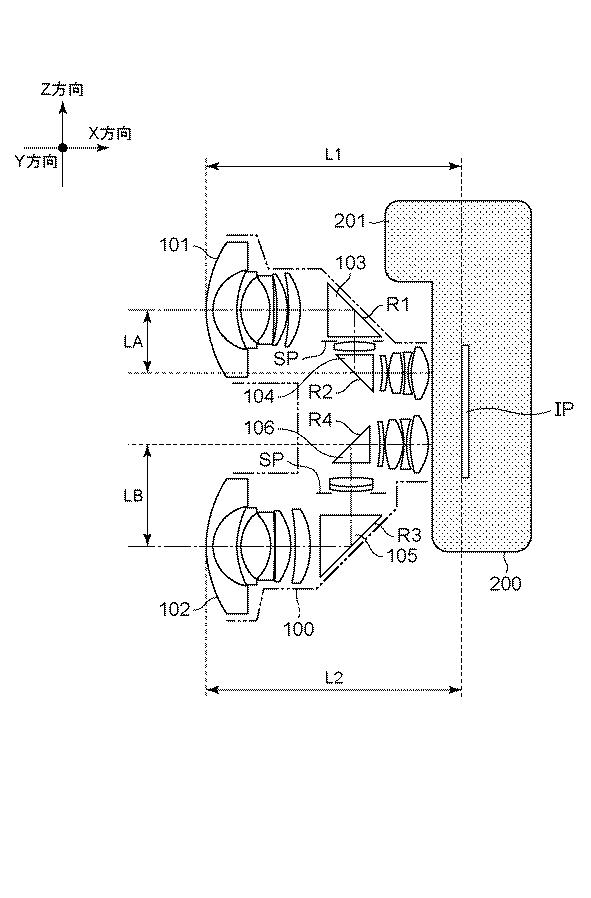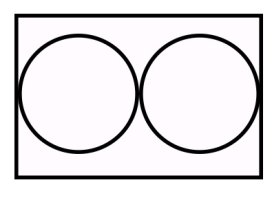This would be a dream for me. The sensor may be used in halves, so that you have 2 portrait oriented shots (these could be cropped to landscape with a large 45 mp sensor like the R5). One shutter release so that you have same metering, shutter speed etc. in one frame. I have also photographed with 2 cameras on a rig that try to get same settings. It is way too finicky and problematic. It must be perfect. If you have a single leaf or small subject blowing in the breeze and out of sync the mind cannot process it and it makes you nautious. I have used a lens that splits the image via mirrors but it was cheaply made and results were poor. A true quality stereo lens would definitely get me back into stereo photography which I left because it was.too finicky and current stereo cameras were essentially point and shoot. Stereo photo on a great quality on my R5 would be phenomenal.
Upvote
0




